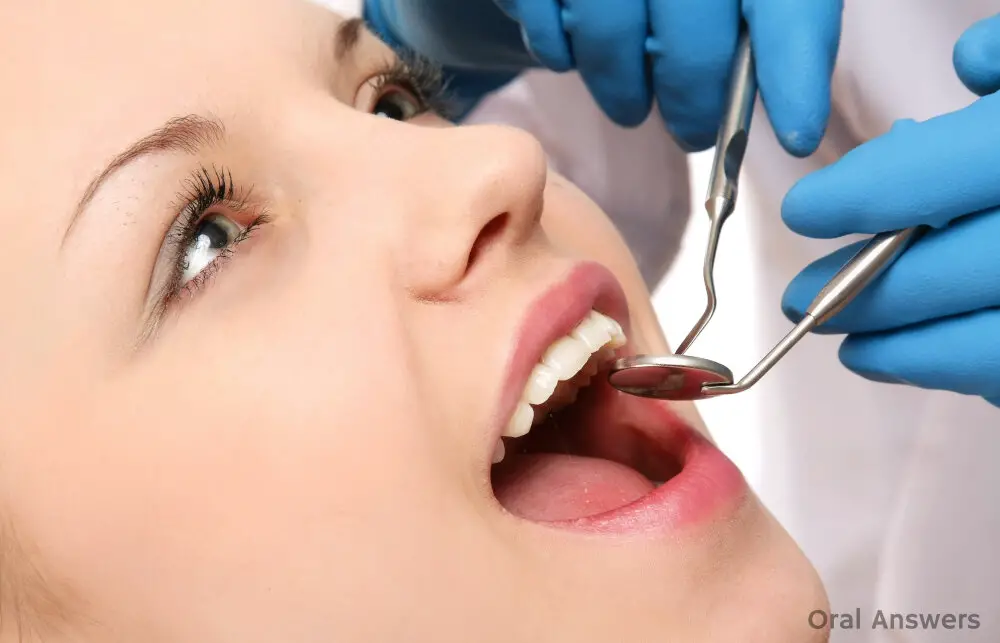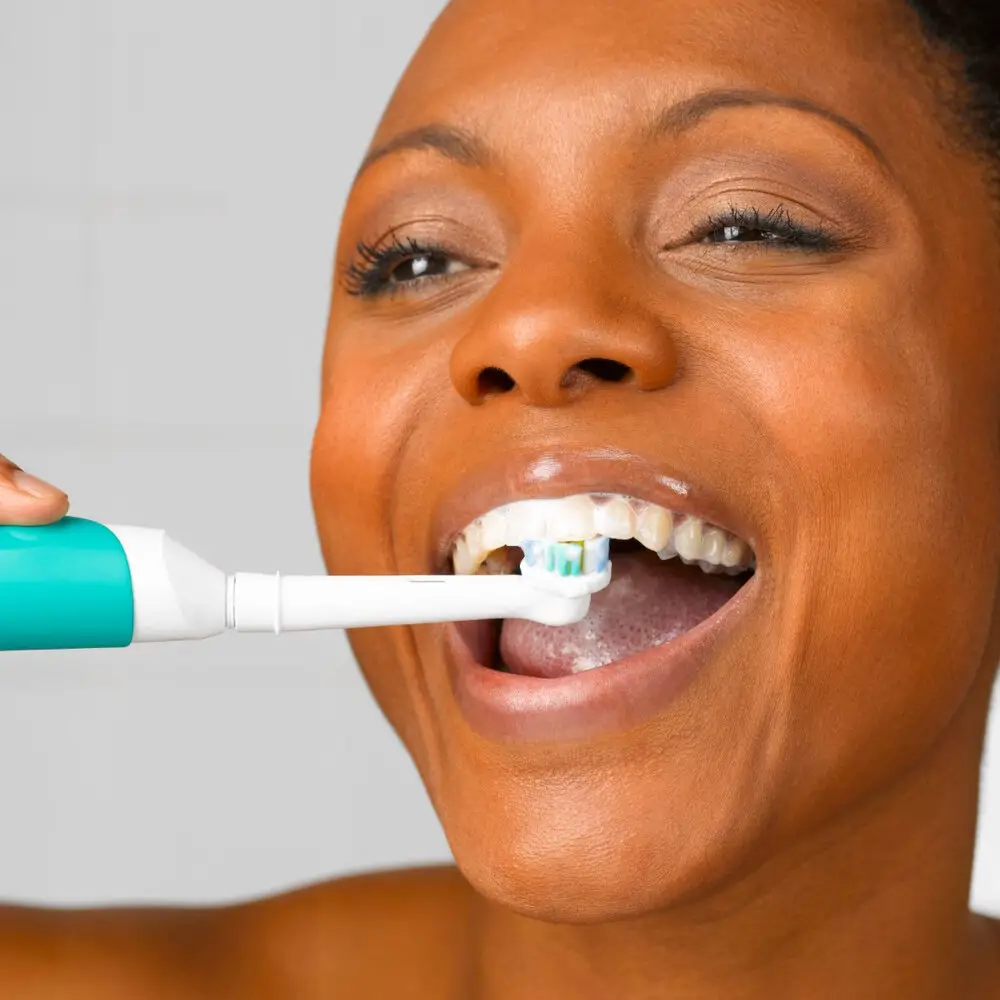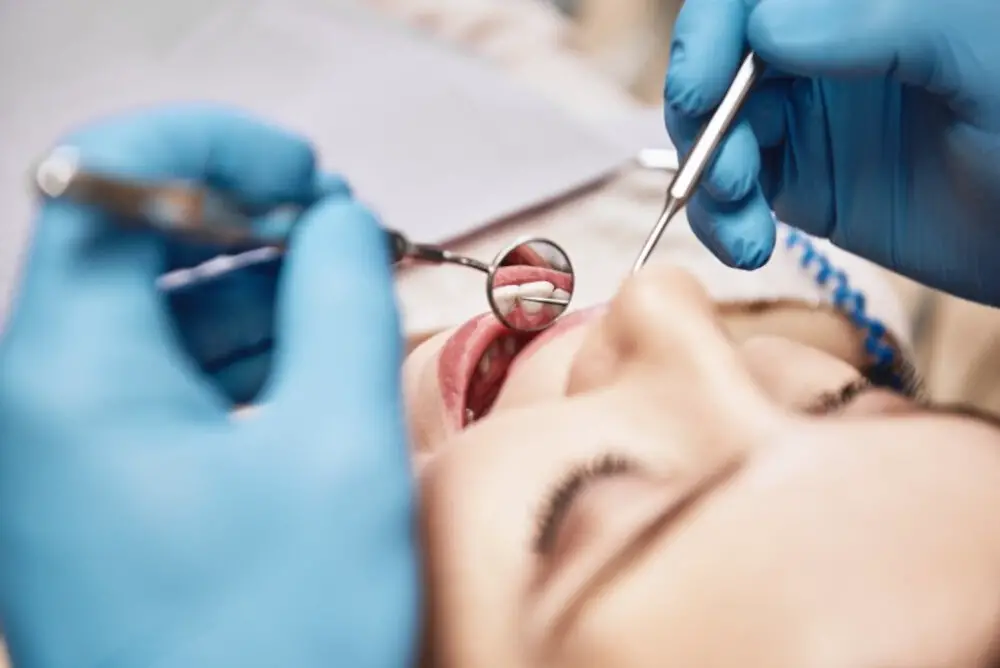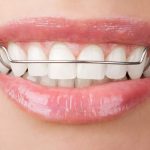Teeth Whitening: How Often Should You Do It for a Brighter Smile?

Having a bright, white smile is something that many people desire. While there are a variety of ways to achieve a whiter smile, one of the most popular methods is teeth whitening. Teeth whitening is a cosmetic procedure that involves removing stains and discoloration from the surface of the teeth, resulting in a brighter and more attractive smile. However, many people wonder how often they should whiten their teeth in order to maintain their results without damaging their teeth. The frequency of teeth whitening largely depends on the individual and their specific needs. Factors such as the severity of discoloration, the type of whitening treatment used, and the person’s overall dental health can all play a role in determining how often teeth whitening should be done. In general, it is recommended to space out teeth whitening treatments to avoid damaging the enamel and causing tooth sensitivity. Additionally, maintaining good oral hygiene habits can help prolong the effects of teeth whitening and prevent further discoloration. In this article, we will explore the various factors to consider when deciding how often to whiten your teeth for a brighter smile.
Teeth whitening is a cosmetic dental procedure that involves the removal of discoloration and stains from the teeth to enhance their appearance. This process can be done in-office or at home using various methods such as bleaching agents, whitening toothpaste, and laser treatments. The benefits of teeth whitening go beyond just aesthetics, it can also boost confidence, improve self-esteem and make a person look younger. A brighter smile can leave a lasting impression, and it is an easy way to enhance one’s overall appearance without undergoing invasive procedures. However, it is important to consult with a dental professional to determine the best whitening method and frequency for each individual’s needs and oral health condition.
Types of Teeth Whitening

There are several types of teeth whitening methods available today, ranging from over-the-counter products to professional treatments. One of the most popular options is the use of whitening toothpaste, which contains mild abrasives that help remove surface stains. While these products can be effective in brightening your smile, they may not be able to remove deeper, more stubborn stains. Another option is at-home whitening kits, which are typically sold in drugstores and supermarkets. These kits usually contain a bleaching agent, such as hydrogen peroxide, and a tray or strip that you place over your teeth. While these kits can be convenient and more affordable than professional treatments, they may not be as effective and can cause sensitivity or irritation to your gums. Professional teeth whitening treatments, on the other hand, are typically done in a dental office and are supervised by a dentist or dental hygienist. These treatments use a stronger bleaching agent and can provide quicker and more noticeable results. However, they can also be more expensive and may require multiple visits to achieve the desired level of whitening.
Teeth whitening is a popular cosmetic dental procedure that can help improve the appearance of teeth by making them brighter and whiter. There are two main types of teeth whitening: at-home whitening and in-office whitening. At-home whitening involves the use of whitening kits or strips that are applied to the teeth for a specific period of time. In-office whitening, on the other hand, is done by a dental professional using stronger whitening agents and specialized equipment. While at-home whitening is generally more convenient and affordable, in-office whitening can produce faster and more dramatic results. Ultimately, the type of teeth whitening that is right for you will depend on your individual needs and preferences, as well as your budget and schedule.
When it comes to teeth whitening, there are a few different methods available. One popular option is in-office whitening, which is done by a dental professional. The pros of this method include quick and effective results, as well as the ability to customize the treatment to your specific needs. However, the cons include the high cost and the potential for sensitivity or discomfort during and after the procedure. Another option is at-home whitening kits, which typically involve using trays or strips that are filled with a whitening solution. The pros of this method include convenience and affordability, but the cons include a longer treatment time and the potential for uneven results or discomfort. Ultimately, the best method for you will depend on your individual needs and preferences, as well as the advice of your dental professional.
Factors to Consider

When considering teeth whitening, there are several factors to take into account. One of the most important is the strength of the whitening agent you plan to use. Some whitening products, such as over-the-counter whitening strips, contain lower levels of peroxide and may take longer to see results. In contrast, professional teeth whitening treatments at a dentist’s office typically use stronger concentrations of peroxide, which can provide more dramatic results in a shorter amount of time. However, stronger whitening agents also increase the risk of tooth sensitivity and irritation, so it’s important to discuss your options with a dentist before starting any whitening treatment. Another factor to consider is the frequency of whitening treatments. While it may be tempting to whiten your teeth as often as possible to maintain a bright, white smile, overuse of whitening agents can actually damage your teeth and gums. Most dentists recommend waiting at least six months between whitening treatments to allow your teeth to recover and prevent sensitivity or damage. Additionally, if you have naturally sensitive teeth or pre-existing dental conditions, you may need to space out your whitening treatments even further to avoid discomfort or complications. Ultimately, the best approach to teeth whitening will depend on your individual needs and goals, so be sure to consult with a dental professional before making any decisions.
The frequency of teeth whitening can be affected by various factors, including age, diet, oral hygiene, and lifestyle habits. As we age, our teeth may become yellow or stained due to the natural aging process and exposure to various substances. A diet rich in coffee, tea, red wine, and other dark-colored foods and drinks can cause teeth discoloration. Poor oral hygiene, such as infrequent brushing and flossing, can also lead to yellowing and stains. Smoking and tobacco use are notorious for causing teeth discoloration. The frequency of teeth whitening should be determined by individual needs and preferences, taking into account these factors and consulting with a dental professional.
Recommended Frequency

Maintaining a bright and white smile is a priority for many individuals. Teeth whitening treatments have become increasingly popular, but it is essential to understand the recommended frequency for these procedures. Overuse of teeth whitening products can cause damage to your enamel, gums, and tooth sensitivity. Dentists recommend that teeth whitening treatments should not be done more often than twice a year. This is because excessive use of teeth whitening products can lead to enamel erosion, making your teeth more susceptible to cavities and decay. Furthermore, overuse of teeth whitening products can cause gum irritation, increasing the risk of gum disease. It is also important to note that the frequency of teeth whitening treatments may vary depending on the individual’s oral hygiene habits and lifestyle choices. For instance, individuals who consume coffee, tea, wine, or smoke may require more frequent teeth whitening treatments as these substances can cause staining. On the other hand, individuals who maintain good oral hygiene habits and avoid consuming highly pigmented substances may only need periodic teeth whitening treatments. Ultimately, it is best to consult with a dental professional to determine the recommended frequency of teeth whitening treatments based on your individual needs.
When it comes to whitening teeth, there are several factors to consider before deciding how often it should be done. The type of whitening treatment used plays a key role in determining the frequency of whitening. For instance, professional in-office whitening can be done once every six months, while at-home whitening kits can be used every three months. It’s also important to take into account individual factors such as the severity of staining, sensitivity of teeth, and oral hygiene habits. Over-whitening can cause tooth sensitivity, enamel erosion, and gum irritation. Therefore, it is advisable to consult with a dentist to determine the best whitening schedule that suits an individual’s needs and oral health.
When it comes to teeth whitening, input from dental professionals is crucial. While many people seek out over-the-counter whitening products, it’s important to consult with a dentist to determine the best course of action for each individual’s unique needs. Dental professionals can provide guidance on the frequency of whitening treatments, taking into consideration factors such as the condition of the teeth, the strength of the whitening products being used, and the patient’s overall oral health. Additionally, dental professionals can offer professional-grade whitening options that may provide more dramatic and longer-lasting results than over-the-counter products. Regular check-ups and consultations with dental professionals can ensure that patients are achieving a brighter, healthier smile in a safe and effective manner.
Risks of OverWhitening

Overwhitening can lead to a number of risks that may end up causing more harm than good. One of the most common risks associated with overwhitening is tooth sensitivity. When teeth are whitened excessively, it can damage the enamel, making the teeth more sensitive to hot and cold temperatures. This can cause discomfort and pain when eating or drinking certain foods and beverages. In severe cases, overwhitening can even cause the enamel to wear away, leading to permanent damage to the teeth. Another risk of overwhitening is gum irritation and damage. Whitening products contain chemicals that can irritate the gums and cause inflammation. This can lead to redness, swelling, and even bleeding. Over time, this can cause damage to the gums and increase the risk of gum disease. In addition, overwhitening can also cause uneven whitening, with some teeth becoming whiter than others. This can lead to a less than desirable appearance and may require additional dental work to correct. In conclusion, while teeth whitening can be a great way to improve the appearance of your smile, it is important to be aware of the risks associated with overwhitening. To avoid these risks, it is recommended to follow the instructions provided by the whitening product and to consult with a dental professional before starting any whitening treatments. By taking proper precautions, you can achieve a brighter smile without compromising the health of your teeth and gums.
Overwhitening teeth may seem like a quick fix for a brighter and more confident smile, but it comes with potential risks that should be considered. One of the most common side effects of overwhitening is tooth sensitivity, which can be uncomfortable and even painful. This occurs when the whitening agents penetrate the enamel and reach the nerves of the teeth. Additionally, overwhitening can damage the enamel, leading to weakened and more vulnerable teeth. This can make them more susceptible to decay and other dental issues. It’s important to follow recommended guidelines for teeth whitening and consult with a dental professional to avoid these potential risks and achieve a safe, effective, and long-lasting result.
While teeth whitening can certainly improve the appearance of your smile, it’s important to avoid overwhitening. Over-whitening can lead to tooth sensitivity, irritation of the gums, and even damage to the enamel. One of the best tips for avoiding overwhitening is to follow the instructions carefully and not exceed the recommended usage. It’s also important to choose a reputable whitening product and avoid using home remedies that may be too harsh. Additionally, it’s a good idea to consult with your dentist before starting any whitening treatment to ensure that it’s safe for your teeth and gums. By taking these precautions, you can achieve a brighter smile without compromising your oral health.
Teeth whitening is an essential cosmetic dental procedure that can help restore the natural shine and brightness of your teeth. It can help remove stains caused by smoking, drinking coffee, tea, or red wine, and can even reverse the effects of aging on the teeth. However, determining the appropriate frequency for teeth whitening is crucial to avoid damaging the enamel and causing tooth sensitivity. Factors such as age, diet, oral hygiene habits, and the severity of discoloration can affect how often one should undergo teeth whitening. Consulting with a dental professional is the best way to determine the appropriate frequency based on individual needs and factors. It is also essential to maintain good oral hygiene practices, such as brushing twice a day, flossing regularly, and avoiding food and drinks that can stain the teeth.
Conclusion

In conclusion, achieving a brighter smile through teeth whitening is a desirable goal for many individuals. However, it is important to approach this process with caution and consideration. While teeth whitening can be safe and effective, overdoing it can result in harm to the teeth and gums. Therefore, it is recommended to consult with a dental professional to determine the frequency and method of teeth whitening that is appropriate for your individual needs. By taking a thoughtful and informed approach, you can achieve a brighter, healthier smile that you can be proud of.







